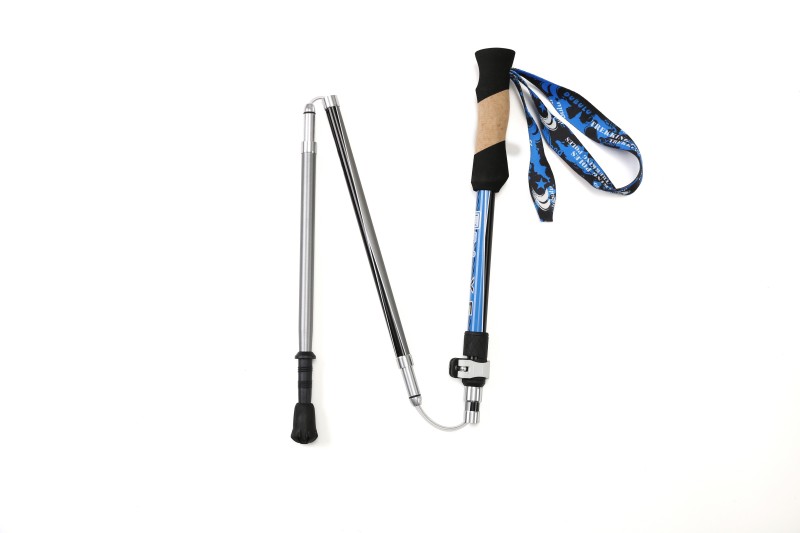Unveiling the Fabric of Safety: A Comprehensive Guide to the Least Toxic Clothing
In an era where sustainability and health consciousness are at the forefront of consumer choices, the quest for the least toxic clothing has become increasingly relevant. As we navigate through a marketplace saturated with options, understanding the implications of fabric choices on our health and the environment is crucial. This article delves into the intricacies of toxic clothing, the materials that pose risks, and the alternatives that prioritize safety and sustainability.
Understanding Toxicity in Clothing
Clothing can harbor a variety of toxic substances, often stemming from the manufacturing processes, dyes, and finishes used. Common toxicants include:
- Chemicals in Production: Many textiles are treated with pesticides during the growth of natural fibers, such as cotton. Synthetic fibers, like polyester and nylon, are derived from petrochemicals, which can release harmful substances during production.
- Dyes and Finishes: Conventional dyes often contain heavy metals and other harmful chemicals. Additionally, finishes such as flame retardants and water repellents can introduce toxic compounds into the fabric.
- Microplastics: Synthetic fabrics shed microplastics during washing, contributing to environmental pollution and potential health risks when ingested by marine life.
Identifying the Least Toxic Materials
When searching for the least toxic clothing, it is essential to consider the materials used. Here are some of the safest options available:
- Organic Cotton: Grown without synthetic pesticides or fertilizers, organic cotton is a safer alternative to conventional cotton. Look for certifications such as GOTS (Global Organic Textile Standard) to ensure compliance with organic farming practices.
- Linen: Made from the flax plant, linen is naturally resistant to pests and requires fewer chemicals during cultivation. Its biodegradable nature further enhances its eco-friendliness.
- Hemp: Known for its durability and low environmental impact, hemp is grown with minimal pesticides and is naturally resistant to pests. Hemp fibers are also biodegradable, making them an excellent choice for sustainable fashion.
- Tencel (Lyocell): Derived from sustainably sourced wood pulp, Tencel is produced in a closed-loop process that recycles water and solvents. It is biodegradable and has a lower environmental footprint compared to conventional fabrics.
- Bamboo: While bamboo itself is a sustainable resource, the processing methods can vary. Look for bamboo clothing that is processed mechanically rather than chemically to ensure it remains eco-friendly.
Certifications to Look For
When shopping for clothing, certifications can serve as a reliable guide to identifying less toxic options. Here are some key certifications to consider:
- GOTS (Global Organic Textile Standard): Ensures organic status of textiles, covering the entire supply chain from harvesting to labeling.
- OEKO-TEX Standard 100: Tests for harmful substances in textiles, ensuring that products are free from toxic chemicals.
- Fair Trade Certified: While primarily focused on ethical labor practices, Fair Trade certification often aligns with environmentally friendly practices.
Practical Tips for Choosing Less Toxic Clothing
- Research Brands: Investigate brands that prioritize sustainability and transparency in their supply chains. Look for those that disclose their materials and production processes.
- Opt for Second-Hand: Thrift shopping or purchasing second-hand clothing can reduce demand for new textiles and minimize waste.
- Wash with Care: Washing synthetic fabrics can release microplastics. Use a Guppyfriend bag or similar products designed to capture microfibers during laundry.
- Mind the Care Labels: Follow care instructions to prolong the life of your clothing, reducing the need for frequent replacements.
Conclusion: A Step Towards Healthier Choices
Choosing the least toxic clothing is not just a personal health decision; it is a commitment to environmental sustainability and ethical practices. By understanding the materials, seeking out certifications, and making informed choices, consumers can significantly reduce their exposure to harmful substances while supporting a healthier planet. As awareness grows, the fashion industry is gradually shifting towards more sustainable practices, making it easier for individuals to make choices that align with their values. Embrace the journey towards a safer wardrobe, and remember that every small step contributes to a larger movement for change.



